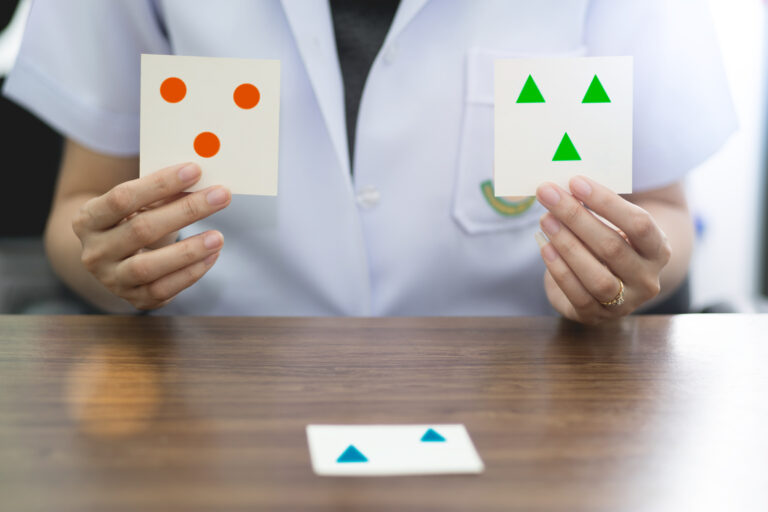Your walk reveals more about your true age than you might think. It’s not just about how old you look or feel—how you move, the rhythm and pattern of your steps, can give away clues to your real biological age.
When we’re young and healthy, walking is smooth and efficient. A proper step starts with a strong heel strike, then the weight rolls across the foot to a powerful push-off from the toes. The foot swings forward cleanly without dragging or scuffing. This creates a steady rhythm in ankle movements that’s almost like a heartbeat for walking—a “walking ECG.” This rhythm signals good muscle strength, balance, and coordination.
As people get older, subtle changes happen in this gait pattern without them noticing. Steps may become shorter or slower; feet might drag slightly; balance can waver more often. These changes aren’t just signs of getting older—they reflect how well your body is aging internally. Poor gait quality means muscles are weaker and joints may be stiffer or less stable.
This shift in walking style matters because it affects more than just appearance—it impacts safety and health too. An unstable gait increases the risk of falls which can lead to injuries that further reduce mobility. When walking becomes tiring or difficult, many people naturally cut back on their activity levels which causes muscles to weaken even more—a vicious cycle that accelerates physical decline.
Interestingly, new technology now allows researchers to measure these subtle differences precisely by tracking ankle movement during walking cycles using wearable sensors attached to shoes. These devices capture data on stride length, speed, timing consistency—all factors linked closely with biological aging.
Even beyond physical fitness alone, when you choose to be active during the day also plays a role in maintaining good walking ability as you age. People who keep consistent daily routines with earlier activity times tend to have better heart-lung fitness and walk more efficiently compared with those who are irregular or start moving later in the day.
So next time you take a stroll down the street or through a park pay attention—not only does your walk reflect how fit you are today but it also tells an honest story about how well you’re aging inside out through muscle strength, balance control, joint health—and even lifestyle habits like when you’re most active during your day.
Your walk doesn’t lie; it quietly broadcasts your real age every step of the way.





